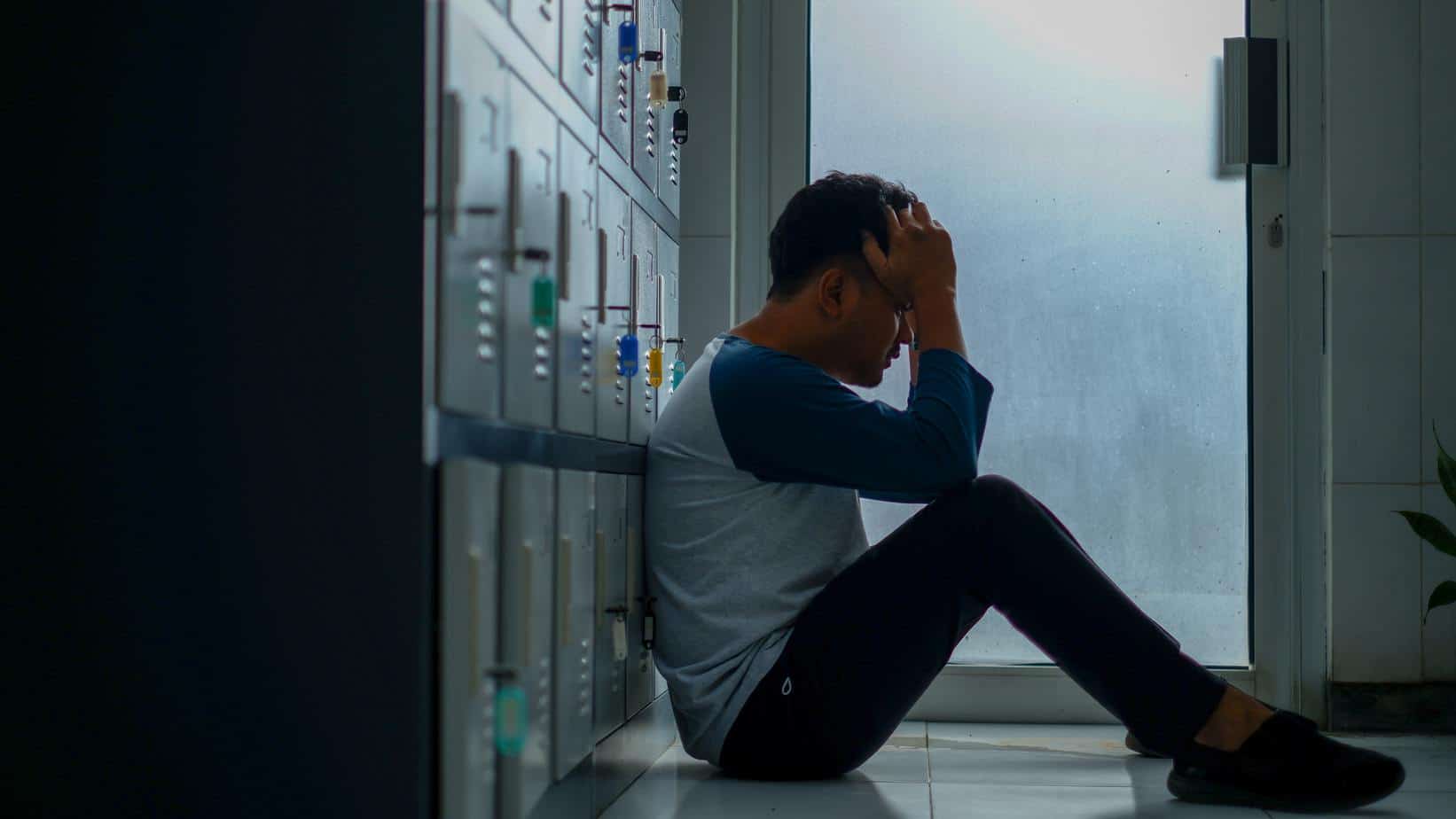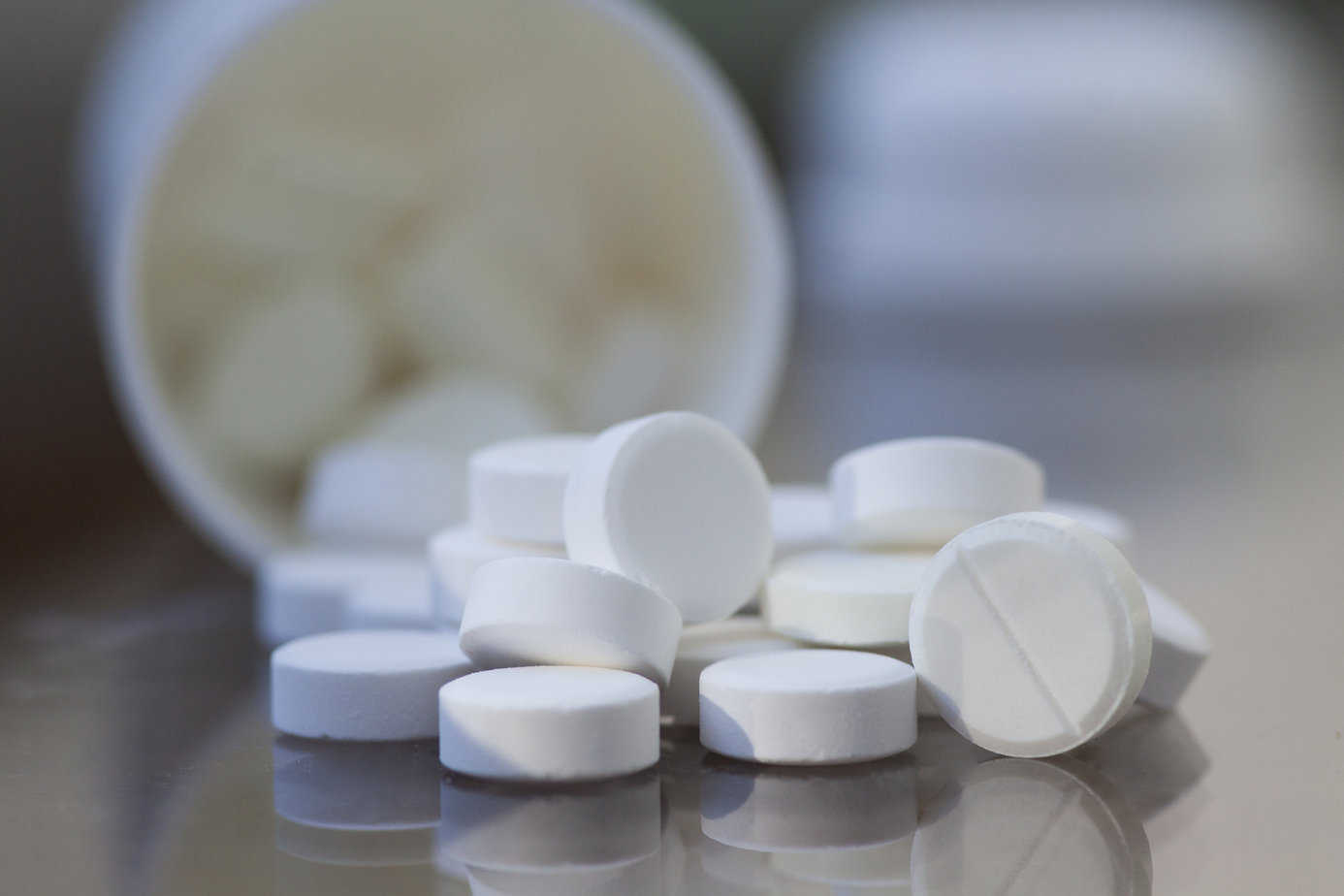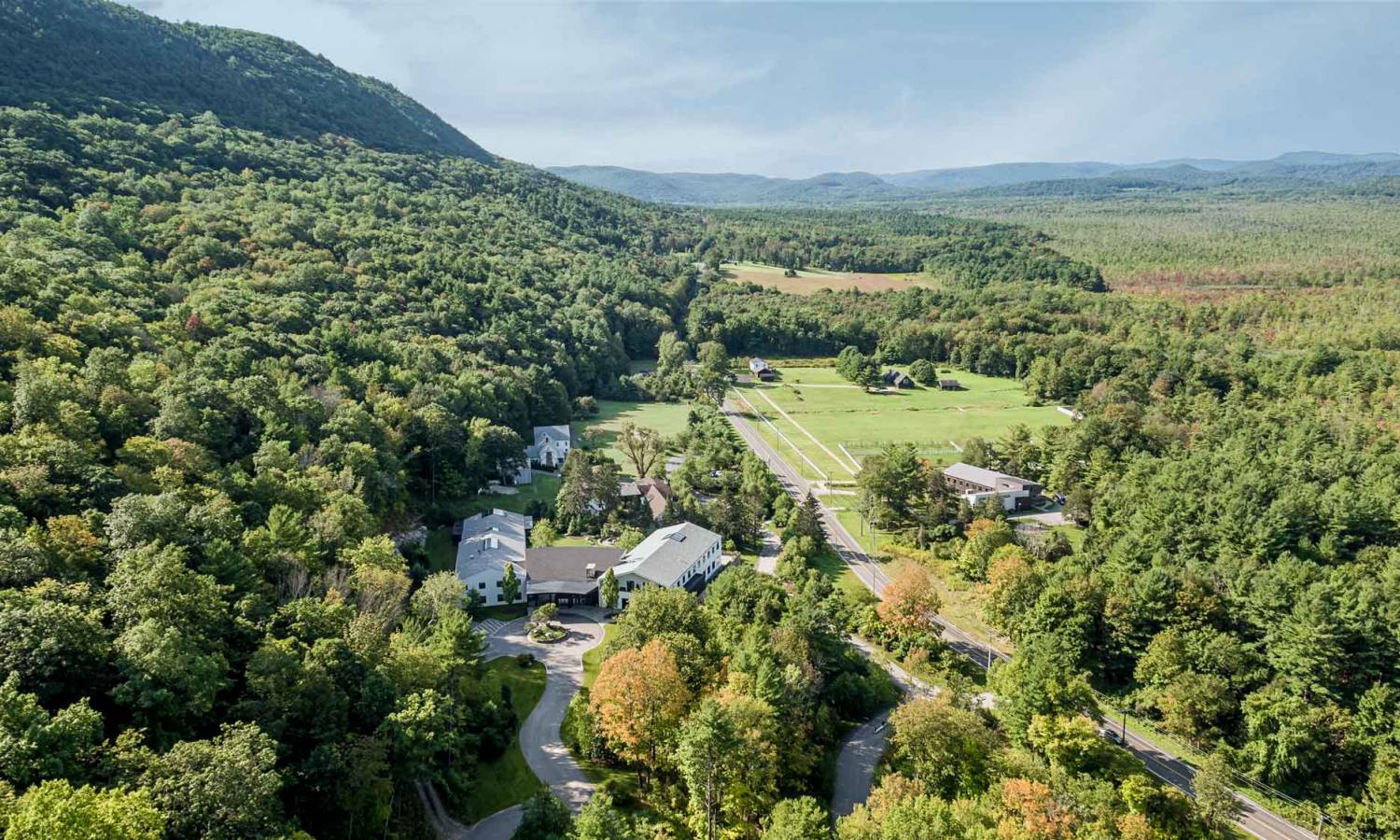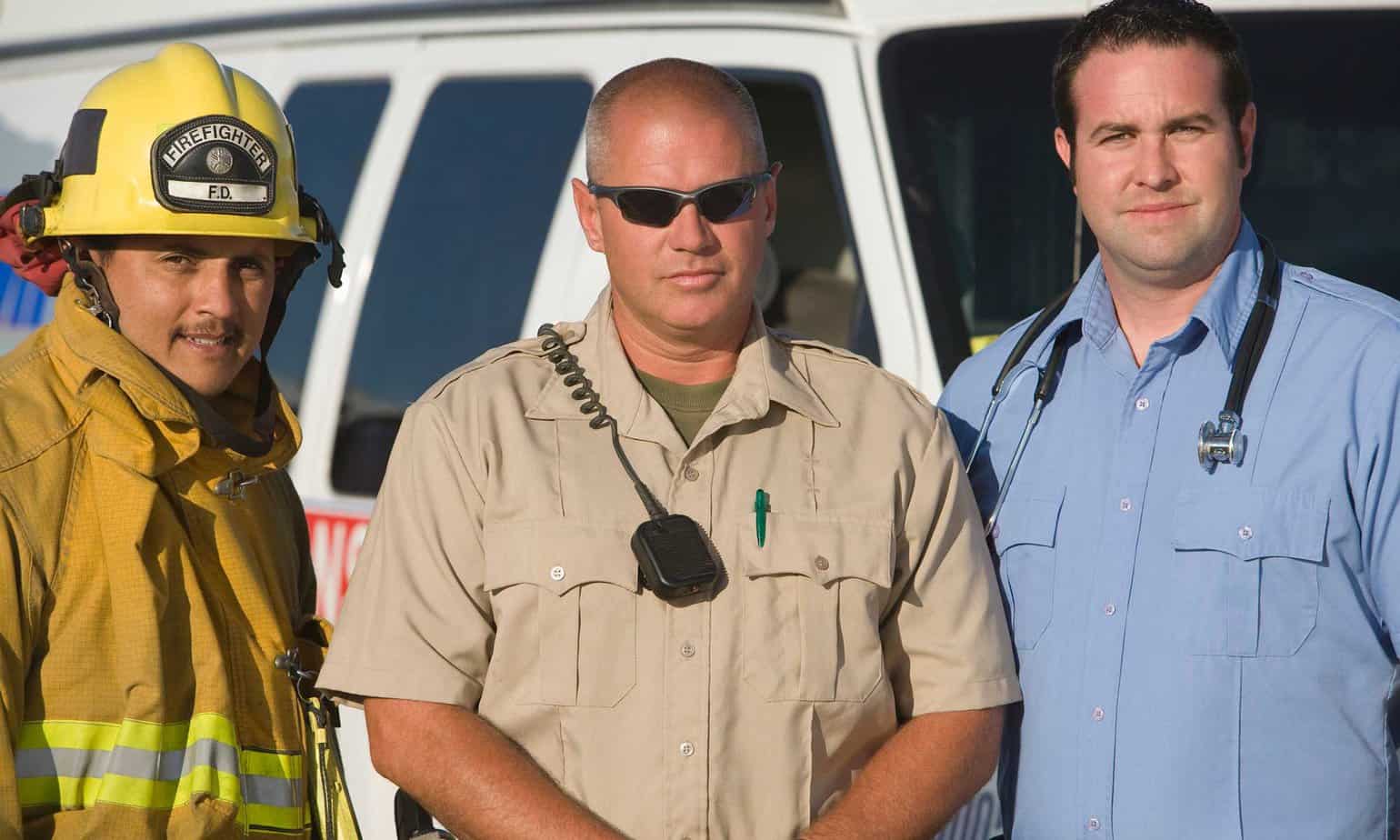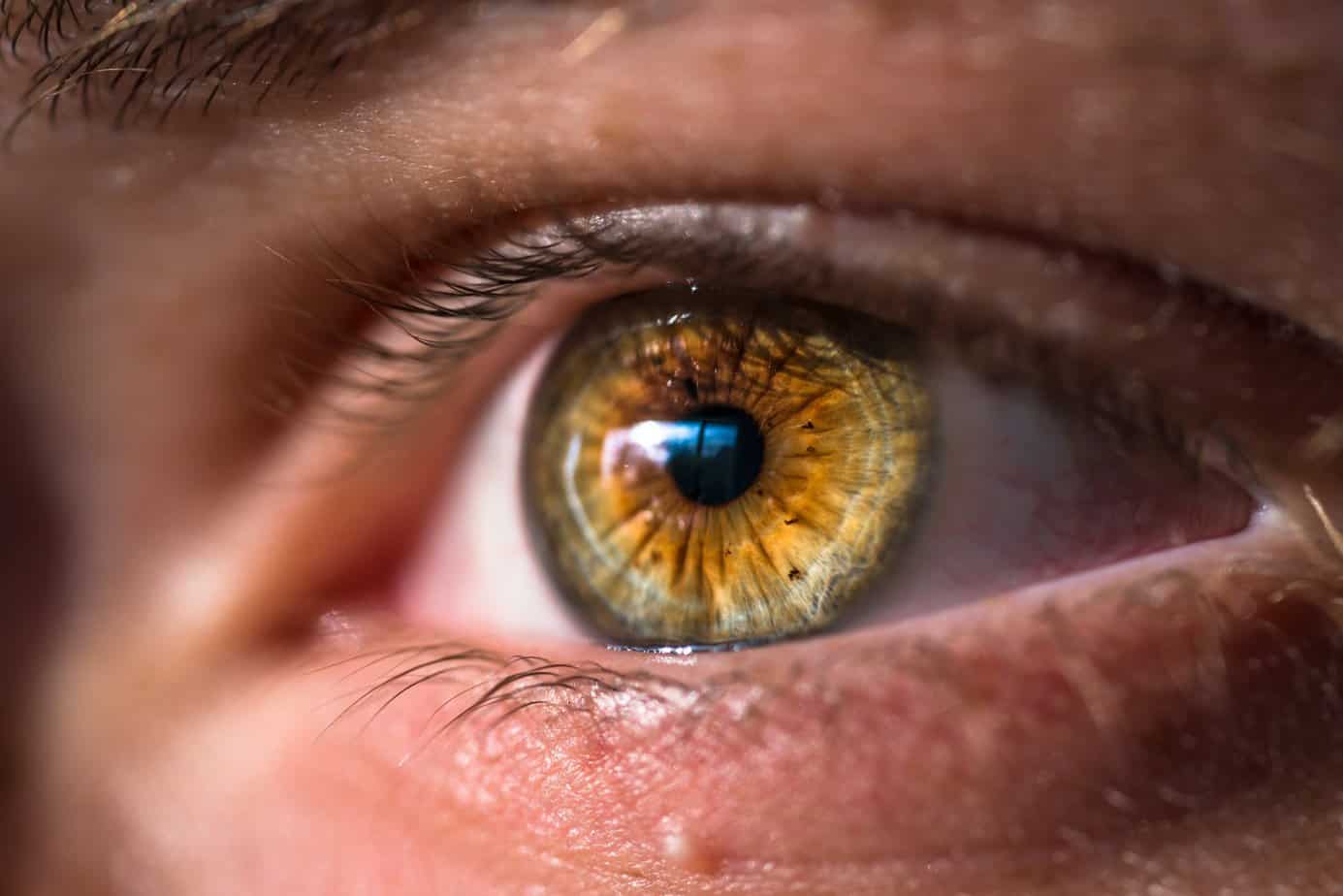Hello, I’m Anthony Nave. I’m the Senior Manager for Mountainside Outpatient Services. I work a lot with clients who struggle with addiction and PTSD (Post-Traumatic Stress Disorder), and I help them move forward.
What exactly is PTSD?
PTSD is not necessarily what everyone always thinks of; it is not necessarily the traumatic events themselves. You can go through traumatic events and not have PTSD. The way PTSD develops is you go through these terrible events, and you get stuck there. You have this natural fight, flight, or freeze response to help you get through and survive. But if you get stuck in the feeling of fight, flight, or freeze, and you aren’t able to come back out and feel like you have survived or feel success or feel that all the pain was worth it, then PTSD can develop. And, when you get stuck there for too long, you start developing all the symptoms that we think of as PTSD.
What are symptoms of PTSD?
The common symptoms of PTSD are nightmares, flashbacks, hypervigilance, not being able to sleep, and dissociation, which is when you feel separate from your body or you can watch things happen from a third-person point of view when you’re not present. Those are the more common ones.
But often, what you see in clients is something as simple as: “I don’t trust others. I can’t be vulnerable with my feelings. I constantly get into these bad relationships and I don’t know why.” That’s the brain trying to work itself out with only pieces of broken information. The PTSD is going to keep putting you in dangerous situations with unhealthy relationships hoping for a different outcome. But unfortunately, without adequate healing, what happens is you just keep getting the same bad outcome, and it just reinforces these ideas about yourself—that you can’t be loved, or you’ll always be alone or on your own.
Also, people who struggle with sleep don’t realize that if you’re a light sleeper, it’s not always something that you should just chalk up to insomnia or chalk up to depression or anxiety. Sometimes with PTSD, you can’t go into a deep sleep because your body isn’t going to want you to go into it, to be unaware of what’s happening around you.
What are causes of PTSD?
Some common causes of PTSD are the trauma experienced by combat veterans that go overseas, or physical violence or sexual violence at home or in the community. Those things can lead to PTSD. But there’s also the smaller T, or the death by 10,000 paper cuts—the constant, repeated incidents: growing up as a child of neglect, or experiencing abuse now and then, or the physical abuse here and there with more emotional abuse in between, or having to constantly wonder “where’s my next meal?” That constant small T, one after the other, leaves you never feeling safe and always being on alert to help protect yourself. You get through that time and you survive, but as a result, because you’re constricted in fight, flight, or freeze, you develop PTSD.
PTSD can lead to addiction
PTSD can lead to addiction because of those symptoms. If you can’t sleep or you get nightmares, get flashbacks, or always feel anxious and on edge, and can’t shut down or turn off that fight, flight, freeze response, you’ll try and find ways to do it. And often, a lot of people struggling with PTSD will go to substances to get that relief. And it works. It works in the short term. But addiction has long-term effects. And so, it becomes its own beast in a way. So, on top of PTSD, you now develop a substance use disorder because that’s what you did to try and soothe and find relief from all the PTSD symptoms.
If you or a loved one is struggling with addiction, Mountainside can help.
Click here or call (888) 833-4676 to speak with one of our addiction treatment experts.

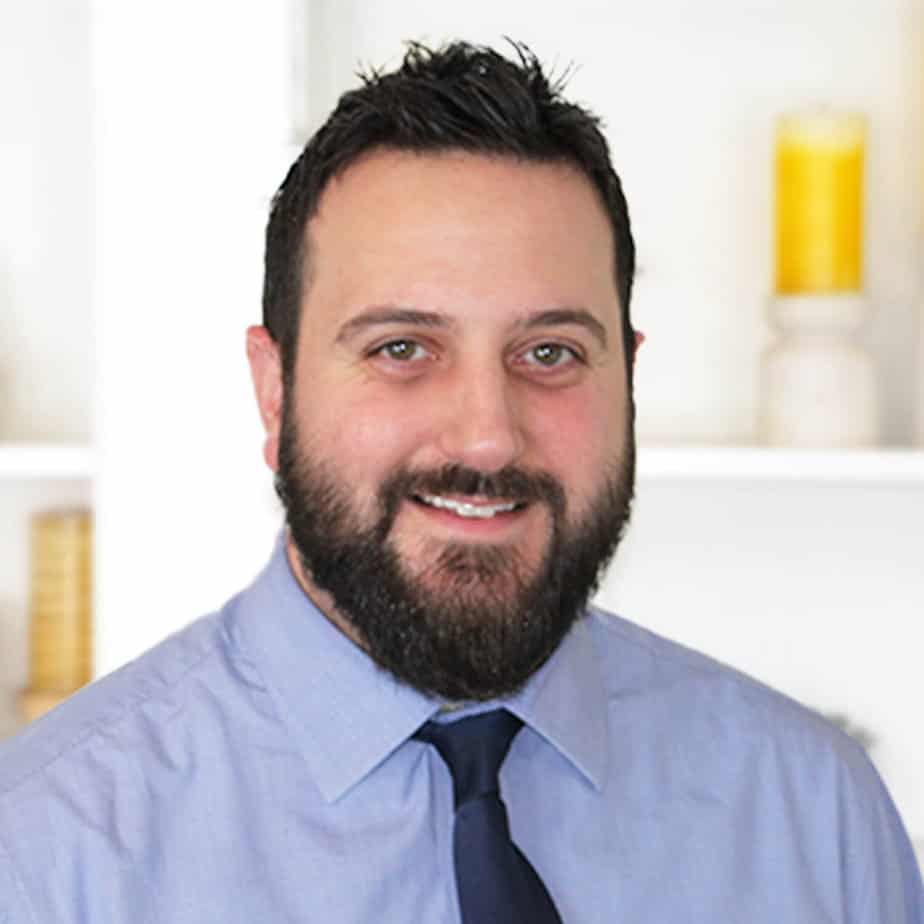 By
By 